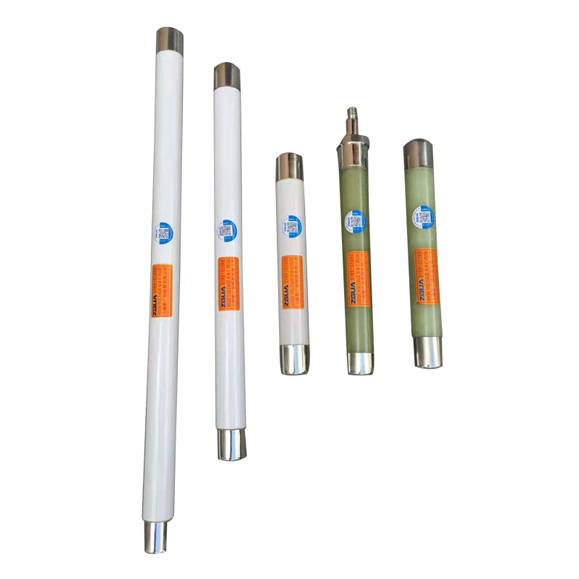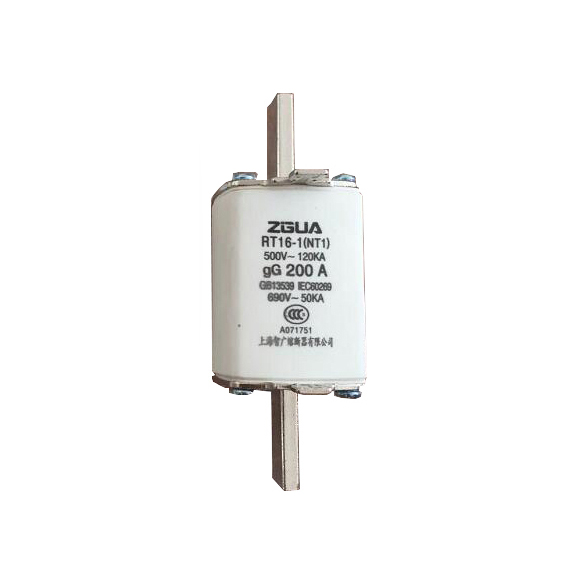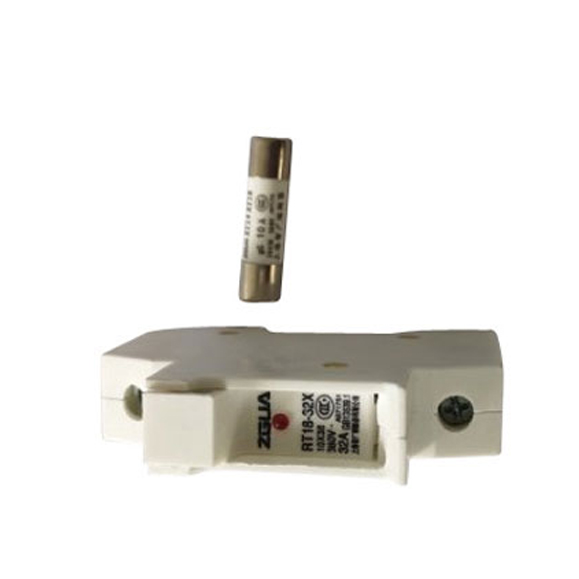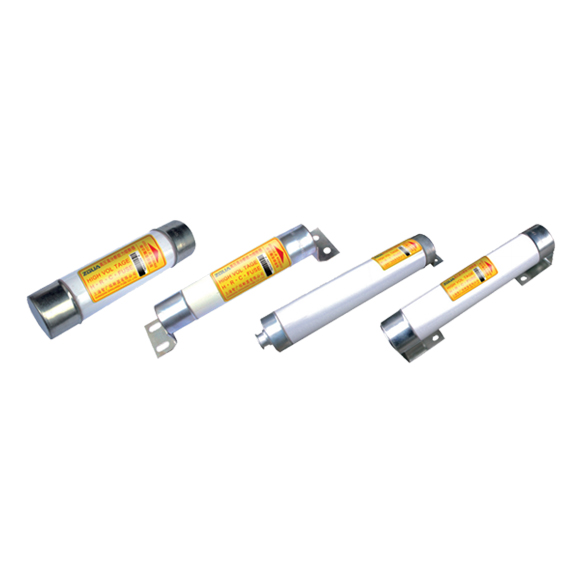The main classification of fuses
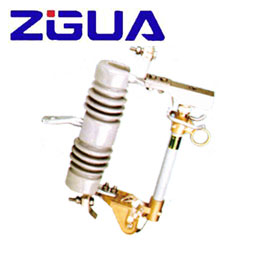
Fuse can be divided into high-voltage fuse and low-voltage fuse according to the voltage used.
According to the protection objects, it can be divided into fuses for protecting transformers and general electrical equipment, fuses for protecting voltage transformers, fuses for protecting power capacitors, fuses for protecting semiconductor components, fuses for protecting motors, and fuses for protecting household appliances. Fuses, etc. According to the structure, it can be divided into open type, semi-closed type, tube type and spray type fuse.
The open-type fuse has a simple structure and the melt is completely exposed to the air. It is supported by a porcelain column and has no support. It is suitable for low-voltage outdoor use. When the current is interrupted, large sound and light are generated in the atmosphere.
The melt of the semi-enclosed fuse is mounted on a porcelain frame and inserted into a porcelain box with metal sockets at both ends, which is suitable for low-voltage indoor use. When the current is interrupted, the sound and light generated are blocked by the porcelain box.
The melt of the tube fuse is installed in the fuse body. Then plug it into the support or connect it directly to the circuit for use. The fuse is a completely sealed insulating tube with metal caps or contact blades at both ends. If the insulating tube of this fuse is filled with quartz sand, it will have a current limiting effect when breaking the current, which can greatly improve the breaking capacity, so it is also called a high breaking capacity fuse. If the tube is vacuumed, it is called a vacuum fuse. If the tube is filled with SF6 gas, it is called an SF6 fuse, and its purpose is to improve the arc extinguishing performance. Since quartz sand, vacuum and SF6 gas have good insulating properties, this fuse is not only suitable for low pressure but also for high pressure.
The jet fuse is to install the melt in an insulating tube made of solid gas-producing materials. The solid gas-generating materials can be electrical reverse white cardboard or plexiglass materials. When the short-circuit current passes through the melt, the melt immediately melts to produce an arc. The high-temperature arc quickly decomposes the solid gas-generating material to produce a large amount of high-pressure gas, thereby ejecting the ionized gas with the arc at both ends of the tube, emitting great sound and light. And when the alternating current crosses zero, the arc is extinguished and the current is interrupted. The insulating tube is usually installed on an insulating support to form the whole fuse. Sometimes the upper end of the insulating tube is made movable, and it will fall off immediately after breaking the current. This type of jet fuse is commonly known as a drop fuse. Generally suitable for outdoor occasions where the voltage is higher than 6 kV.
In addition, fuses can be divided into general-purpose fuses, backup fuses and full-range fuses according to the breaking current range. The breaking current range of general-purpose fuses refers to the range from the overload current greater than 1.6 to 2 times the rated current to the maximum breaking current. This type of fuse is mainly used to protect power transformers and general electrical equipment. The breaking current range of the backup fuse refers to the range from the overload current being 4 to 7 times the rated current to the maximum breaking current. This kind of fuse is often used in series with a contactor. When the overload current is less than 4 to 7 times the rated current, the contactor will realize the breaking protection. Mainly used to protect the motor.
With the needs of industrial development, special fuses suitable for various requirements have also been manufactured, such as electronic fuses, thermal fuses, and self-resetting fuses.

 English
English 中文
中文 Pусский
Pусский Français
Français Español
Español
